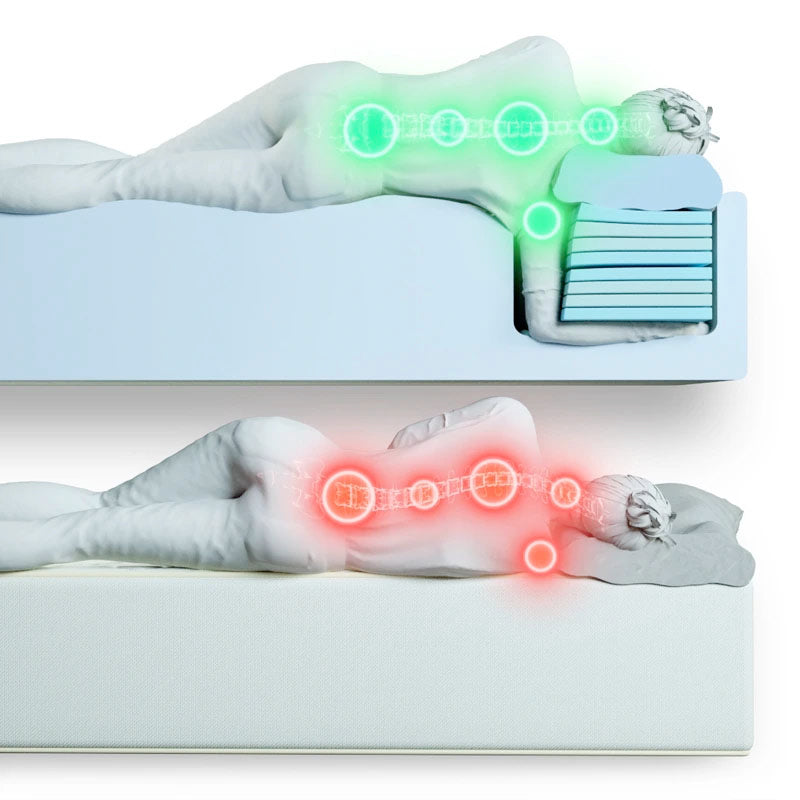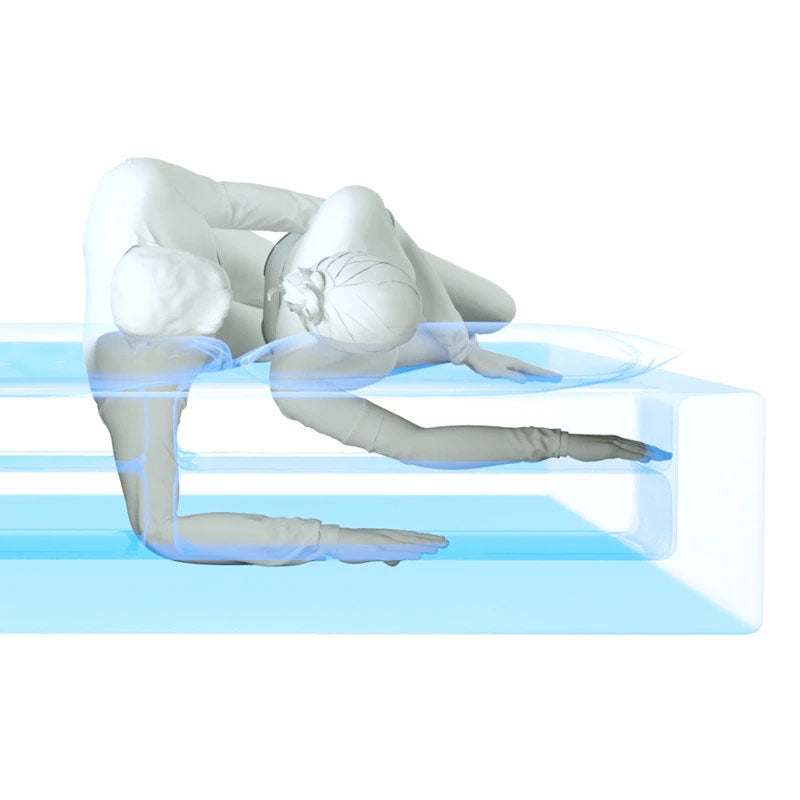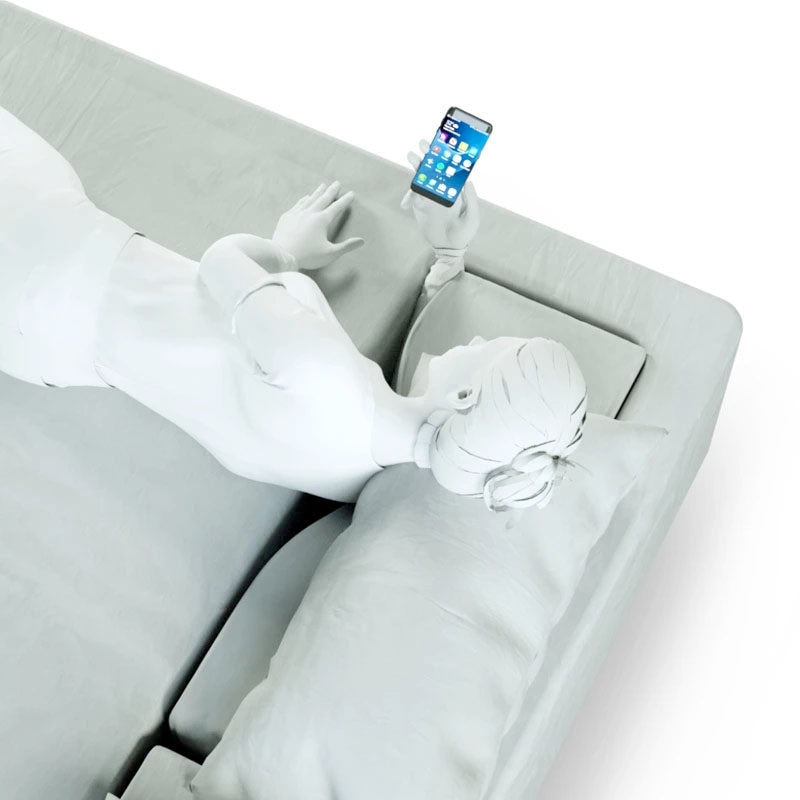Are lucid dreams harmful?
55% of adults have experienced lucid dreaming. Twenty-three percent of those adults lucid dream once a month, at least. Researchers do not have an exact number, but many people induce lucid dreaming.
Lucid dreaming itself is not a disorder, but it is often experienced by people who have sleep disorders or mental health issues. It’s also experienced by people who are completely healthy.
Lucid dreaming has fascinated researchers and the general population for years. This sleep-wake state can be empowering and healing for many people. For others, it is a complete nightmare.
So, what is lucid dreaming, exactly? And why do people want to have lucid dreams? Keep reading to find out the answers to those questions and more.
The average adult needs about seven hours of sleep each night. Getting the right amount of sleep is what helps people get through their day. Read on to learn more about lucid dreaming and how SONU can help you enjoy a better night of sleep.
What Is Lucid Dreaming?
Lucid dreaming occurs when the sleeper is aware that they are dreaming. Usually, sleepers are not cognizant of the fact that they are dreaming, which is why lucid dreaming is so interesting. When a dreamer is in a lucid state, they can control parts of the dream.
You can find countless articles about how to induce lucid dreaming. People who induce lucid dreaming claim that it allows them to grow psychologically, overcome fears, and improve their well-being. Studies have also shown that lucid dreaming can increase a person’s self-confidence and promote mental health.
Some experts do not recommend inducing lucid dreaming because more proof is needed to determine whether it is beneficial.
What Causes Lucid Dreaming?
There is no firm answer to explain what causes lucid dreams. Lucid dreaming happens when a shift in the brain’s prefrontal cortex tells the sleeper to “wake up” while sleeping. Instead of waking up fully, they remain half asleep.
The amount of activity in a person’s brain while lucid dreaming is comparable to the activity in the brain when awake. This is why lucid sleep has been called a “hybrid” state.
Why Is Lucid Dreaming Dangerous?
1. Lucid Dreaming Disrupts Sleep
When someone is lucid dreaming, they are in a half-asleep, half-awake state. This unusual state occurs during rapid eye movement (REM) sleep, which is important for proper sleep quality. REM sleep is the final stage of the sleep cycle. When it is disrupted in some way, the sleeper can feel disoriented the next day.
Being in a lucid state may cause the sleeper to get a lower quality of sleep. People who lucid dream are prone to nightmares, which may cause them to jolt awake.
Inducing lucid sleep could cause fragmented sleep, which is repeated short sleep cycle interruptions. In one study, participants who experienced lucid dreaming reported that it was correlated with fragmented sleep. They stated that they experienced fragmented sleep the most when lucid dreaming.
Disrupted sleep puts sleepers at greater risk for mental health issues. Frequently inducing lucid dreaming with techniques that cause disrupted sleep puts sleepers at risk.
Below are methods that sleepers use to induce lucid dreaming:
- External stimulation: This method involves the help of another person who administers some form of stimulation that causes the sleeper to lucid dream. The sleeper can also stimulate themselves by taking substances known to disrupt sleep.
- Mnemonic induction of lucid dreams (MILD): To induce lucid dreaming, the sleeper repeats a mantra that tells them they will be aware of their dream state the next time they fall asleep. Sometimes, the sleeper will purposefully wake up in the middle of the night to increase their chances of having lucid dreams when they fall back asleep.
- Senses initiated lucid dream (SSILD): To perform this technique, the sleeper will intentionally wake up after approximately 5 hours. They will then focus on stimuli like physical sensations or sounds for a short time until they fall asleep again.
- Wake back to bed (WBTB): To induce lucid dreaming, the sleeper wakes up early in the morning. They remain awake for a short while and then take a nap. Lucid dreaming typically occurs during a nap.
2. Lucid Dreaming Could Cause Mental Health Issues
Lucid dreaming can cause mental health issues or worsen existing ones. Having a lucid dream is similar to dissociation, the feeling of being disconnected from the body. Dissociation can also make it difficult for a person to distinguish fantasy from reality.
Sometimes, being in a lucid dream can make it hard for anyone to tell what is real and what is not. This is especially dangerous for people prone to or at risk for psychosis. Psychosis is a mental state in which a person has lost some contact with reality.
During psychosis, people have difficulty understanding what is real and what is not. Hallucinations, delusions, incoherent speech, and disruptive behavior are signs of psychosis. If someone is having a psychotic episode, lucid dreaming can further confuse them about what is real and what isn’t.
People with psychosis have been found to exhibit the most control during lucid dreaming. This is a concern because it can increase hallucinations and deliria. Doctors are afraid these sleepers would misuse their power during lucid sleep.
People who experience psychosis are vulnerable to developing sleep issues, anxiety, depression, and other mental health problems.
3. Lucid Dreaming Can Cause Physical Reactions
Not everyone who experiences lucid dreams enjoys the experience. Lucid dreaming can actually scare some people because of the possible physical side effects it can cause.
If a lucid dream is nightmarish or otherwise active, it can cause a sleeper to experience night sweats, increased heart rate, and increased respiration. This can be terrifying for some sleepers and make it difficult to fall back asleep. Some people might be afraid of going back into a lucid state, so they keep themselves awake, causing a lack of much-needed sleep.
How Can I Prevent Lucid Dreaming?
If you do not want to induce lucid dreaming, you can take steps to make sure you fall asleep and stay asleep.
Exercise
Exercising doesn’t just wake you up – it can help you get better sleep. Exercise first thing in the morning to reap the benefits of an energy boost. As bedtime draws near, your energy levels will decrease, and your body will feel tired. Eventually, you will fall asleep, and you might just stay that way all night.
Play Soft Background Noise
Having a little background noise helps many people get a full night of sleep. The gentle sounds of rain falling, ocean waves, rustling leaves, or gusts of wind can drown out distracting noises outside and make the bedroom a peaceful environment. This sense of peace helps the mind and body relax, helping you to fall into a deep sleep.
Take a Sleep Supplement
Our bodies naturally release some melatonin when it’s time for us to go to bed. However, some people need additional melatonin taken in supplement form to help them catch those precious Zzzs.
If melatonin isn’t enough, a doctor can prescribe a sleep medication. If you’d rather take a more natural approach, try soothing teas like chamomile, passionflower, or magnolia bark.
Develop a Sleep Routine
A sleep routine helps you wind down at night so that you can get quality sleep. Some elements of a sleep routine might include going to bed at the same time each night, turning off electronic devices an hour before bedtime, or not consuming any caffeine or alcohol near bedtime. Even light exercise like yoga can help you calm down and prepare for sleep.
Try a SONU Mattress
SONU mattresses were made to mold to sleepers’ unique body shapes and relieve pressure to induce refreshing quality sleep. All of SONU’s mattresses come with a patented Comfort Channel that allows sleepers to fully immerse their arms and shoulders into the mattress, which allows them to have full range of motion while they sleep. The mattresses’ unique design and plush foam body cradle sleepers and help them drift off.
At SONU, getting adequate sleep is a priority. That’s why each SONU mattress consists of sink-in support, a top layer of luscious serene foam, and an immersive Comfort Channel. SONU’s mattresses can help you achieve all the sleep that your body requires.
Conclusion
People love inducing lucid dreaming because they are fascinated with the ability to alter their consciousness. The ability to control dreams can make sleepers feel powerful. Some individuals are even advised to induce lucid dreaming to help control frequent nightmares.
Lucid dreaming isn’t all roses. Researchers have noted that lucid dreamers are not psychologically better than non-lucid ones. Lucid dreaming can disrupt sleeping patterns and negatively affect mental health. It can make psychosis worse for some individuals and exhibits no benefits for anyone with post-traumatic stress disorder (PTSD).
Sleep quality is important. If you are someone who experiences the sleep-wake state of lucid dreaming and want to improve your sleep, getting a better mattress could help. SONU’s mattresses are known for helping people fall asleep faster and enjoy deeper sleep.
Don’t wait. Get superior sleep with the SONU Sleep System.
Sources:
The Dangers of Lucid Dreaming | Sleep Foundation
Sleep fragmentation and lucid dreaming | ScienceDirect
The Ways to Control Dreaming | The Atlantic
Lucid Dreams: Definition, Techniques, and Benefits | Sleep Foundation






















